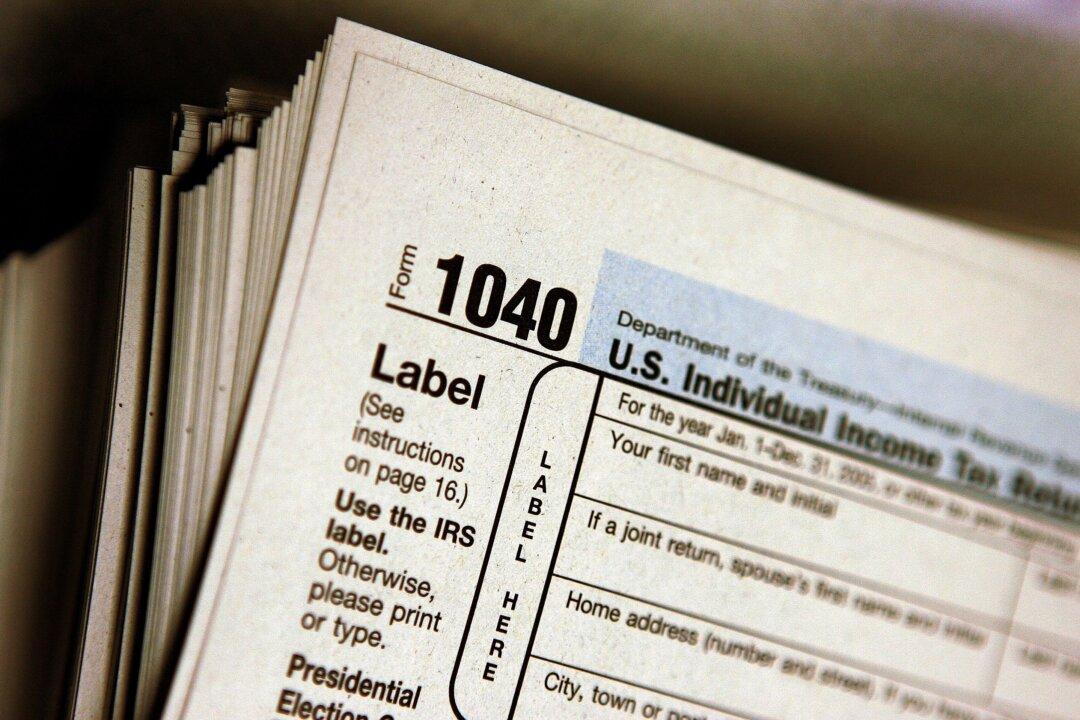Tax year 2022 saw multiple changes made by the Internal Revenue Service to tax limits, credits, standard deductions, and so on. With the deadline for filing returns fast approaching, here is a list of some of these changes.
Marginal Tax Rates
The IRS slightly changed tax brackets for the 2022 tax year. The top tax rate of 37 percent is now applicable to single taxpayers with incomes higher than $539,900, up from $523,600 in the previous tax year 2021. For married couples filing jointly, the threshold has been raised from $628,300 to $647,850.The lowest 10 percent tax is applicable to those making $10,275 or less in the case of single filers, up from $9,950 last year. For the 22 percent bracket, the limit has been raised from $40,525 to $41,775. For the 24 percent bracket, the limit has risen from $86,375 to $89,075. Limits on the 12 percent, 32 percent, and 37 percent brackets have also been raised.






